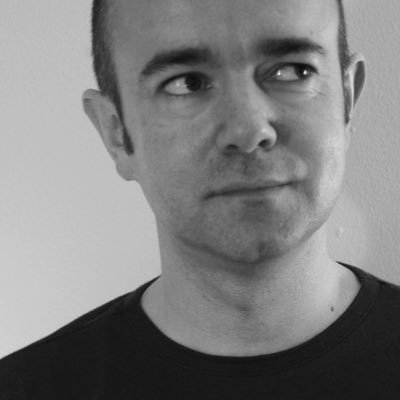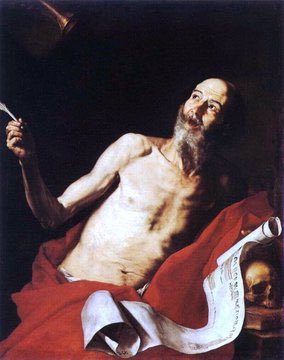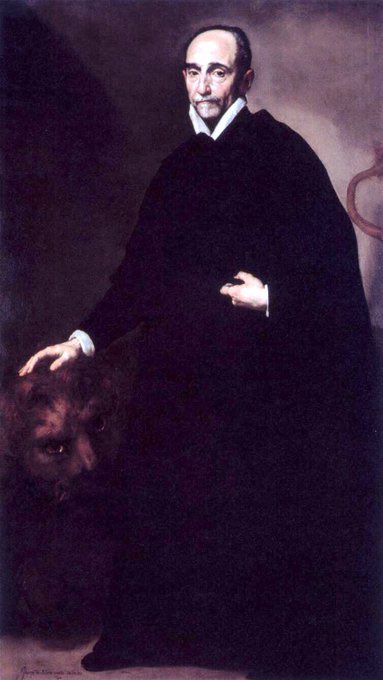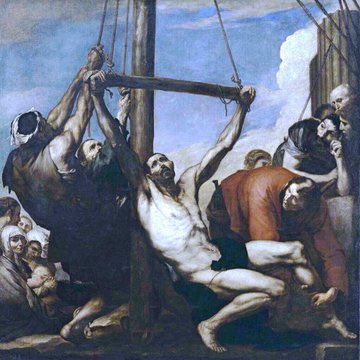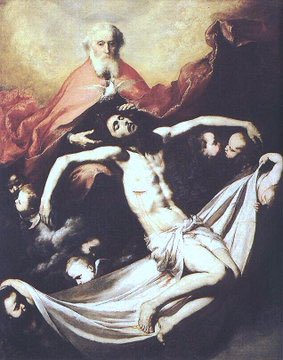Another major work by Watteau is his Festival of Love (1717) which is typical of his many canvases of elegant people in a timeless garden. The Toilette, of the same period, also represents a theme he regularly returned to - the female nude
This drawing is about the curiosity & joy of small children.
Come Away O Human Child (2023) Ink on paper drawing
Buy here: https://t.co/szZihx5I3f
This drawing is about the curiosity & joy of small children.
Come Away O Human Child (2023) Ink on paper drawing
Buy here: https://t.co/szZihwOF1f
This drawing is about the curiosity & joy of small children.
Come Away O Human Child (2023) Ink on paper drawing
Buy here: https://t.co/szZihwOF1f
The artist’s final years were politically & financially troubled. He died in 1652, aged 61. St John the Baptist (1650), Hecate (c1610-20) & Adoration of the Shepherds (1650) & St Sebastian (1651)
The Spaniard’s depiction of Jacob is quite striking in its strained serenity (for him!). It demonstrate Ribera’s emotional range. Jacob with the Flock of Laban (1638), Magdalene Meditating (1640) & Portrait of a Knight of the Order of Santiago (1640)
Ribera suffered ill health from 1644 & his personal output declined - although his assistants & students produced much art from his workshop. St Jerome (1637), Jesuit Missionary (1638), Jacob’s Dream (1639) & Martyrdom of St Philip (1639)
These two images shriek with energy & emotion. They are reminiscent of the nihilism of Francis Bacon 300y later. Venus & Adonis (1637) & Desperate Woman (1638). The latter looks at us directly & challenges us to confront her pain.
His figure of the Dead Christ is a subtly powerful image. The crossed feet and attenuated form create a dynamic that causes Christ’s head to apparently project towards, & confront, the viewer. The Lamentation (1633), Holy Trinity (1635-6) & Apollo & Marsyas (1637)
Ribera integrated the work of Caravaggio, as well as Guido Reni & Guercino within the native Spanish tradition. His canvases were collected in Spain & influenced artists there. Archimedes (1630), Euclid (c1630-5) & Prometheus (c1630). The latter is a tour de force.
